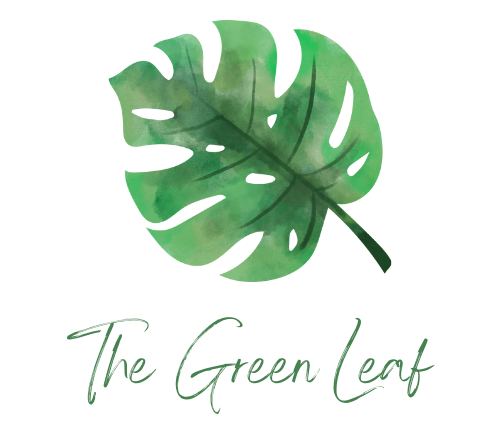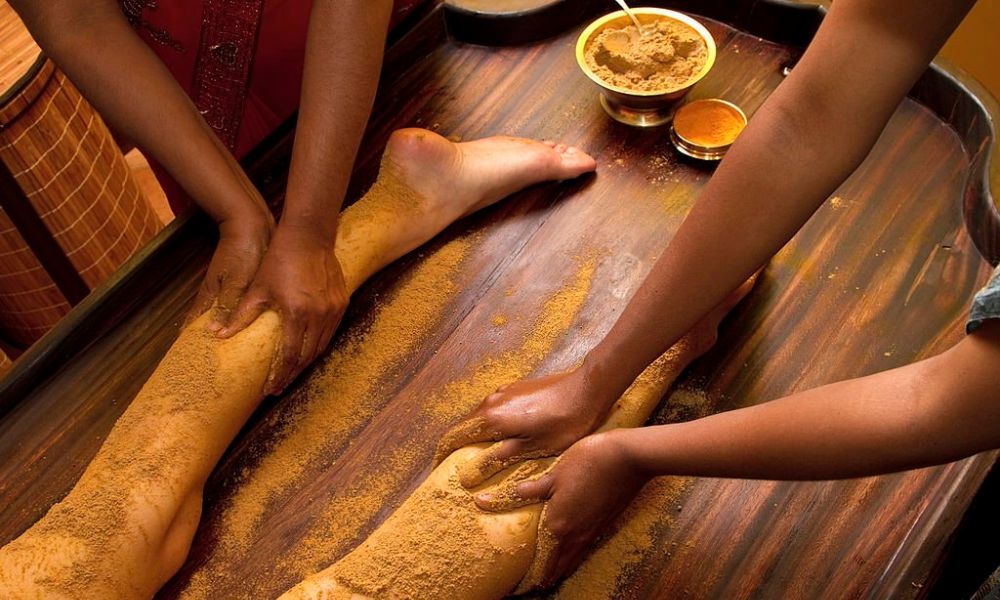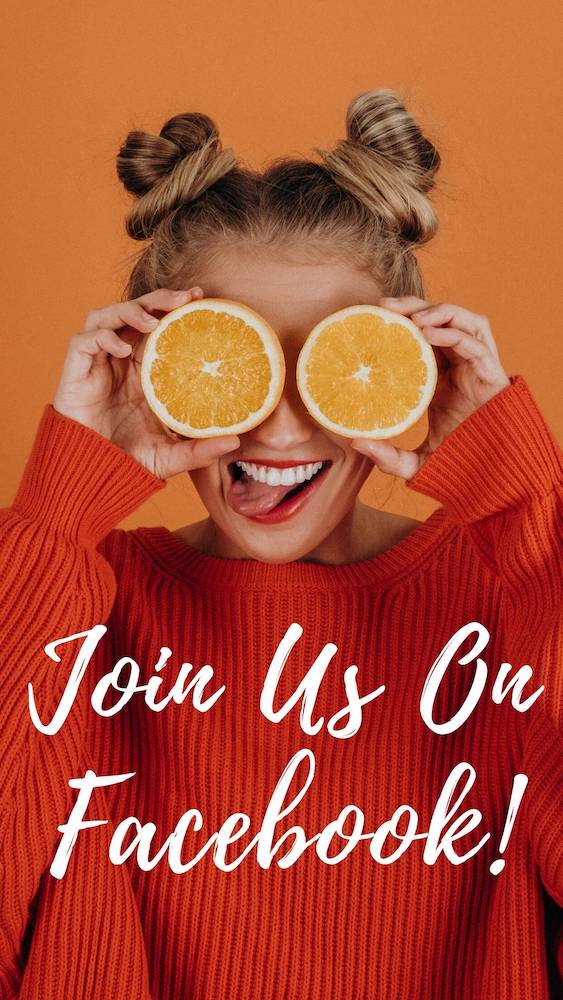If you’re looking for an Ayurvedic treatment that will help you relax while also helping you lose weight, the Udwarthanam massage is for you. This massage is one of the most popular Ayurvedic therapies due to its reputation for promoting weight loss and other health benefits.
Udwarthanam massage is an Ayurvedic scrubbing massage that employs forceful upward strokes and dry herbal powder.
In this article, we’ll learn more about the Udwarthanam massage and what makes it different from other massages. We’ll go over the benefits, steps, and various types. We’ll understand why this ancient therapy continues to be a favorite among individuals looking for holistic treatment.
What is Udwarthanam Massage?
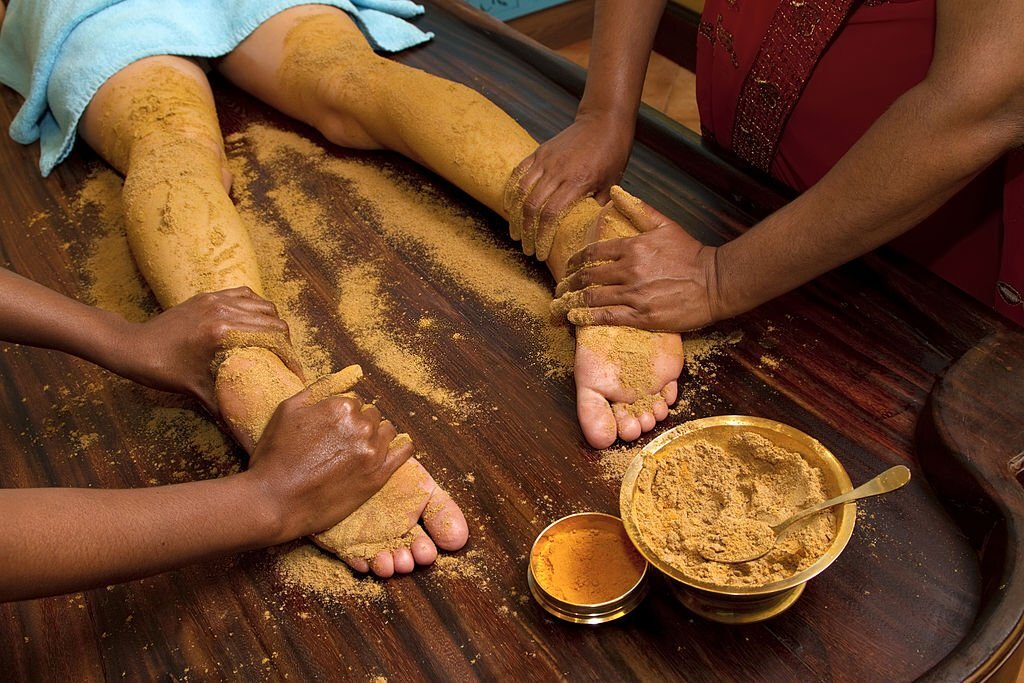

Udwarthanam comes from the Sanskrit terms “Urdhwa,” meaning upward, and “Varthanam”, meaning to move. This Ayurvedic massage is appropriately named because it generates heat using upward strokes. This motion is called Pratiloma gati, meaning moving opposite to your body’s hair growth.
In Ayurveda, the motion is used to forcefully remove excess dosha in the body. Doshas are body energies that rule how we act, think, and live. An imbalance of doshas, specifically an excess of Vata dosha, results in ailments, depression, fatigue, and other negative energies.
This intense deep tissue massage helps break subcutaneous fat stored in areas of the body, such as the thighs. Simply said, the massage helps burn off the fat on your body, leading to weight loss.
Udwarthanam uses warm, dry herbal powder or pastes all over the body. The process is performed in 7 postures, followed by a rest and a warm shower. Regular sessions of Udwarthanam massage lead to many benefits for your mind, body, and spirit. We’ll discuss the procedure and its benefits in detail below.
The Different Types Of Udwarthanam Massages
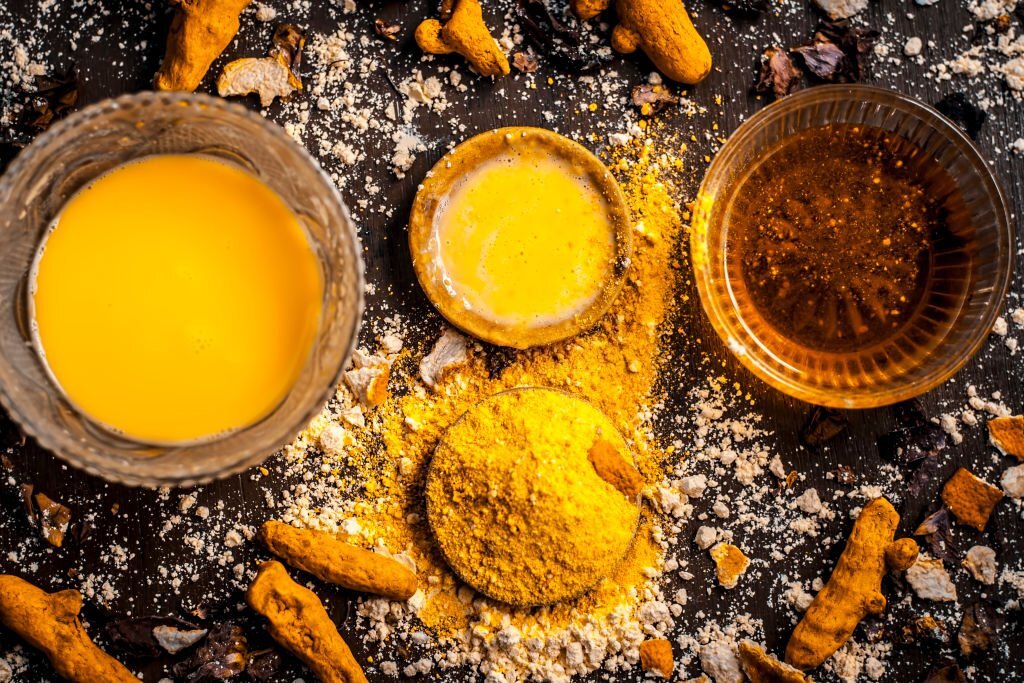

The Udwarthanam massage has 2 types, depending on the powder massage used.
1. Snigadh or Sneha Udwarthanam
This massage is known as the “oily powder massage” or “wet Udwarthanam” because it uses an herbal paste all over the body. The paste is an herbal powder mixed with medicated or essential oil or ghee. The herbal powder can be fried in the oil to create a paste, or the powder and oil are applied directly to the skin.
Following the Udwarthanam technique, it’s applied to the body using fast upward strokes. It works like a body scrub where you wash away the herbal paste afterward.
Snigadh Udwarthanam is used when the person has sensitive skin and cannot tolerate the rubbing of dry powder. It’s also good for Vata dosha aggravation, which manifests as dry skin, hair, lips, dehydration, and mental lightness.
2. Ruksha Udwarthanam
Opposite Snigadh, the Ruksha is a dry powder massage. This massage directly rubs or strokes dry herbal powder into the body. Since it’s a dry massage, there’s no oil added to the herbal powder. Ruksha can lead to skin abrasions or damage if not correctly done. Thus, it’s best if a skilled Ayurvedic practitioner does it for you.
Ruksha Udwarthanam is advised for people who are overweight or obese, have strong feelings or emotions, are sluggish, or sleep excessively. These are common Kapha dosha aggravation symptoms. A dry, intense massage can help restore the balance by unblocking energy obstructions in the body.
Udwarthanam Powder Composition
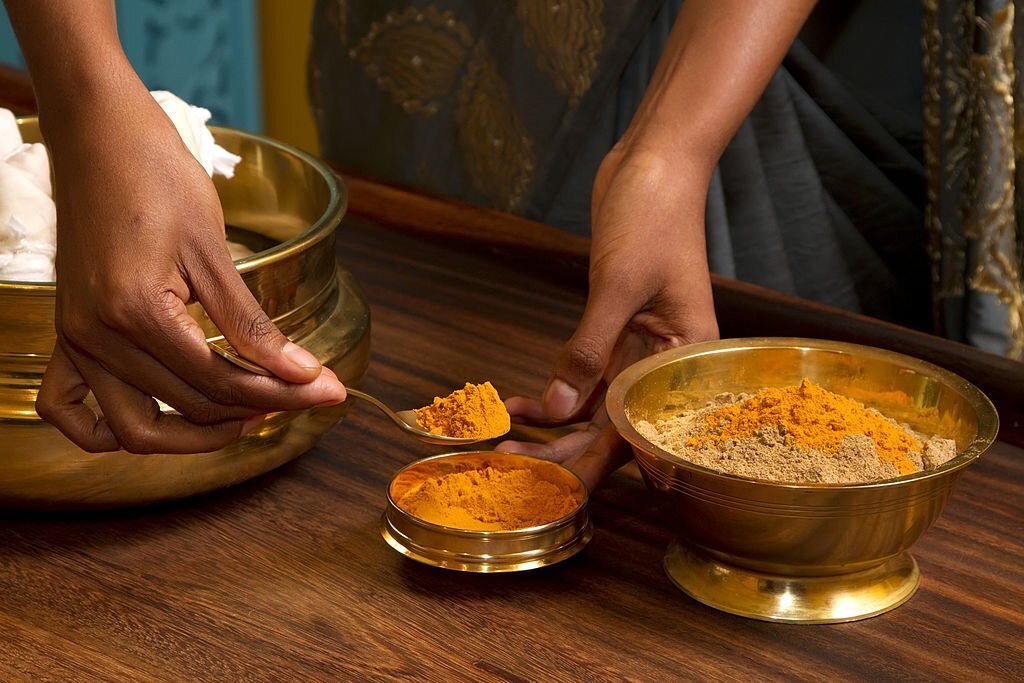

Ayurveda therapy places significant importance on the oils and herbs used in their healing massages. In Udwarthanam, choosing herbs depends on your body and dosha needs.
Triphala herbal powder is traditionally used if you’re overweight and have a Kapha dosha imbalance. It’s an herbal powder composed of Emblica Officinalis (Amalaki), Terminalia bellirica (Bibhitaki), and Terminalia Chebula (Haritaki). Here are the benefits of the three potent herbs:
- Amalaki- improves liver, heart, brain, and lung functions. It’s used in Ayurveda to boost immunity.
- Bibhitaki – helps Kapha balance by combating disease and improving strength and stamina.
- Haritaki – is used against indigestion, obesity, gastritis, and many others.
Meanwhile, lepam is the traditional herbal paste used in Snigadh or oil powder massage. It’s usually made of dry grain, medicated milk, and various herbal oils. Among the common herbs added to lepam are:
- Deodar – known for its anti-obesity properties
- Gooseberry – helps improve mental functioning, strengthens the lungs, and rejuvenates the skin
- Phyllanthus – improves blood circulation & lymphatic drainage
Other traditional herbal powders used for Udvarthanam include the following:
- Kolakulathadi Churna
- Kottamchukkadi Churna
Udwarthanam Massage Step By Step
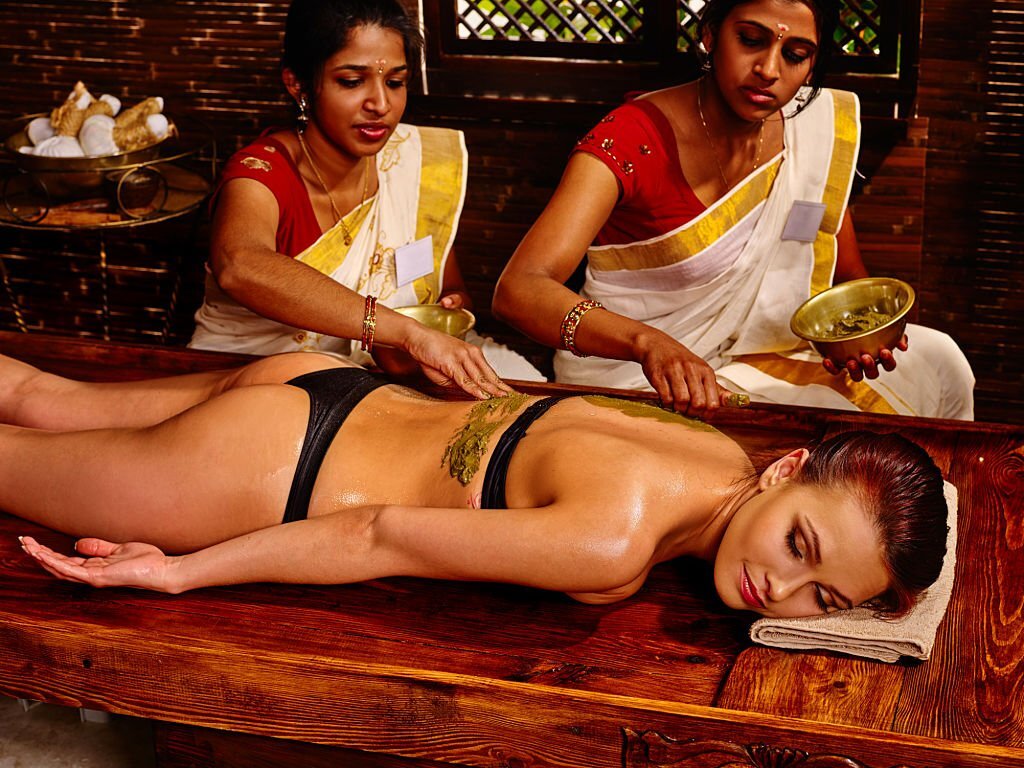

Udwarthanam is done using the 7 postures common in Abhyanga, a full body massage with warm oil. The positions help restore the dosha balance and enhance your overall well-being. Here are the postures you will follow in an Udwarthanam massage:
- Position 1: Sit on the massage table with your legs extended.
- Position 2: Lie on your back (supine position).
- Position 3: Lie on one side and turn to the left (left lateral position).
- Position 4: Lie on your stomach, face down (prone position).
- Position 5: Lie on the right side (right lateral position).
- Position 6: Repeat position 2.
- Position 7: Repeat position 1.
Now, we proceed to the actual Udwarthanam massage process.
Step 1: In a bowl, place the warm herbal powder. The practitioner uses forceful upward motions to rub the herbal powder all over your body in the opposite direction of your hair growth. If you have sensitive skin, opt for Snigadh Udwarthanam. Add medicinal oils like ghee or sesame to the powder to prevent abrasion.
Step 2: Follow the 7 postures when applying the herbal powder to ensure that your entire body is covered evenly. Once completed, let your body rest for about 30 minutes.
Step 3: Udwarthanam is a deep tissue massage so expect your practitioner to put pressure on different body parts. This is to help release toxins, break down accumulated fat, improve blood circulation, and unblock energy obstructions in the body.
Step 4: After the massage, let your body calm down for another 30 minutes in preparation for Paschat Karma or the post-treatment procedure. You can choose to have full-body steam or a warm water bath.
Step 5: A clean cloth wipes the powder or pastes off your body. If you choose a steam bath, a thin layer of oil is applied to your body before proceeding to the steam chamber. Enjoy the therapeutic warm steam for 10 to 15 minutes.
Step 6: If you choose a warm bath, you must rest for at least 1 hour before bathing.
Step 7: Since the Udwarthanam Massage is an Ayurvedic healing ritual, end the process by drinking herbal tea or taking deep breaths while filling your mind with positive thoughts.
The Health Benefits of Udwarthanam Massage
The Udwarthanam massage offers many health benefits to your body, mind, and energy. Here are the main ones.
- Weight Loss
- Treats Muscle & Joint Stiffness
- Rejuvenates & Detoxifies skin
- Reduces Stress & Anxiety
- Improves Blood Circulation
1. Weight Loss
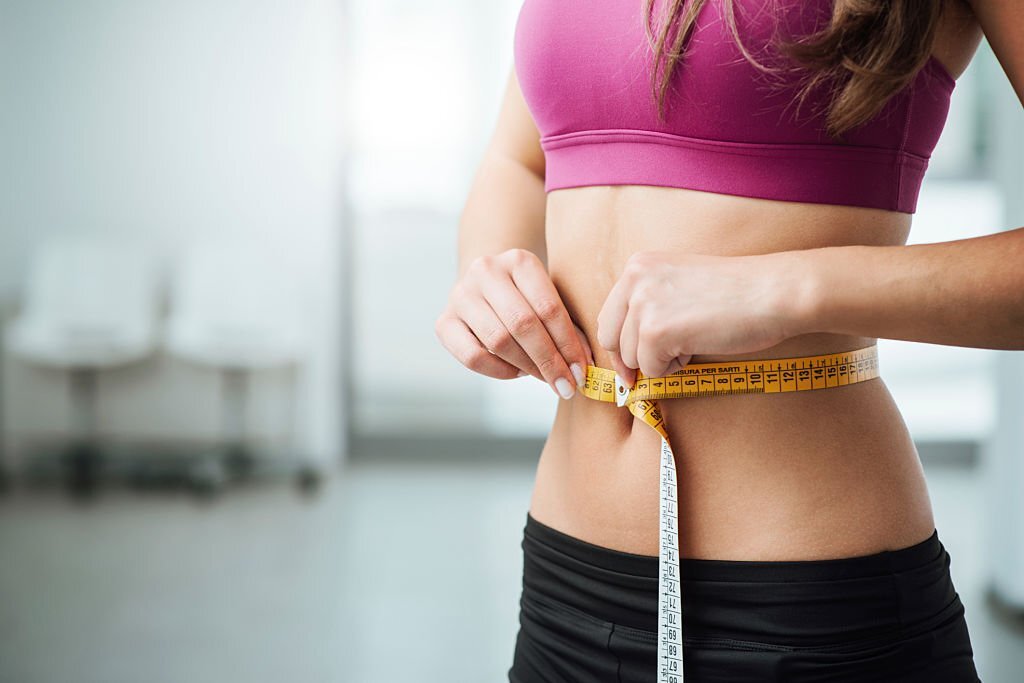

Udwarthanam massage has a reputation for aiding weight loss. The intense massage can help reduce cellulite and accumulated fats in the body. Studies show that Ayurvedic treatments, including Udwarthanam massage, can help treat sthoulya or obesity.1
Deep tissue massages, such as Udwarthanam promote lymphatic flow and circulation, which aids in the removal of toxins and fat from the body. It also boosts your metabolism, so you burn more fat and have more energy.
2. Treats Muscle & Joint Stiffness


In Ayurveda, muscle and other body part stiffness like arthritis result from Ama, a type of Kapha dosha. Ama denotes undigested food absorbed into the body, causing blockages. This reaction leads to inflammation, resulting in muscle or joint stiffness.
Rubbing the herbal powder in an Udwarthanam massage helps create heat that warms the stiff joints and muscles. Triphala, a traditional herbal powder, has anti-inflammatory properties that have been shown in studies to be effective in the treatment of arthritis.2
3. Rejuvenates & Detoxifies Skin
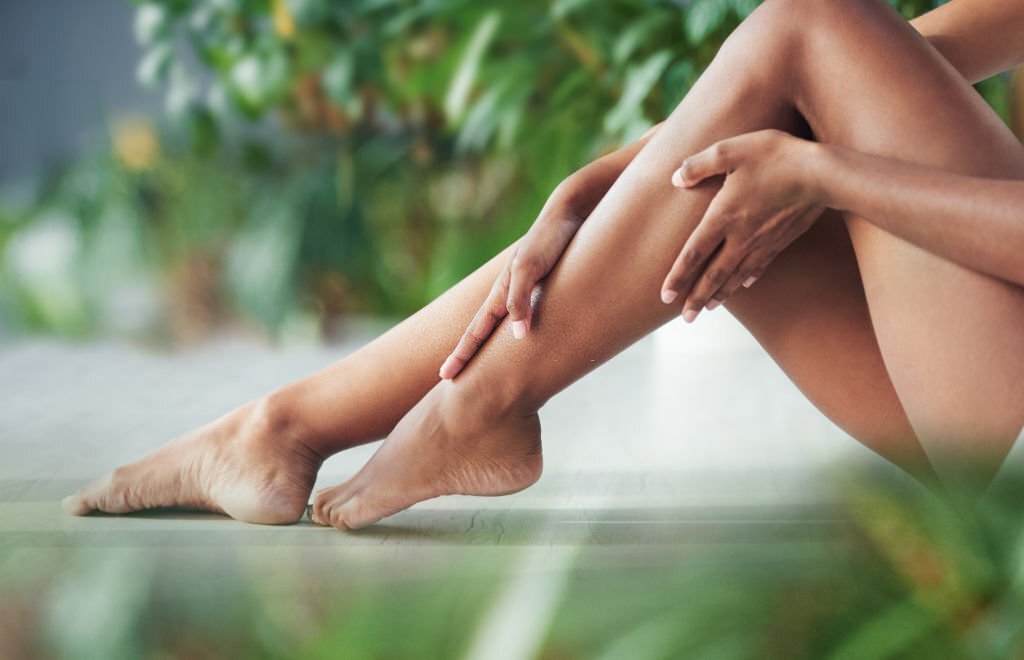

Warm herbal powder or paste acts as a body scrub, removing dead skin cells while regenerating new cells and restoring skin elasticity.
Udwarthanam uses upward strokes that go against the direction of hair growth. This motion helps exfoliate the skin and promotes detoxification. Aside from giving you a youthful glow, it can also treat skin infections and body odors. Studies show that lepam can be used to treat vitiligo.3
4. Reduces Stress & Anxiety
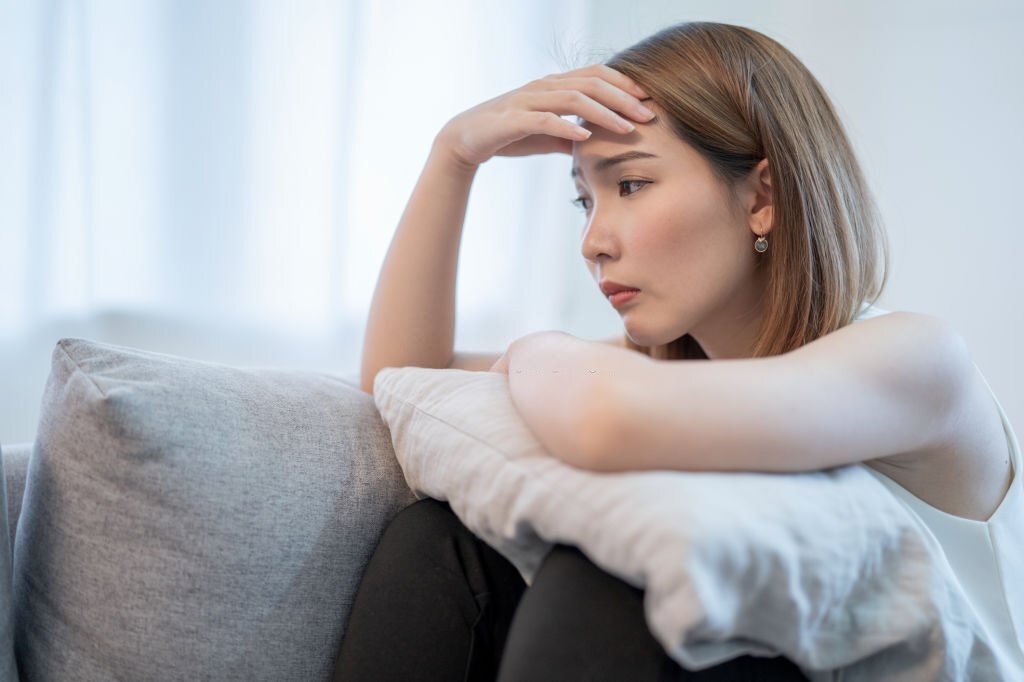

Like other Ayurvedic treatments, the Udwarthanam also reduces stress, fatigue, and anxiety in the body. This massage is relaxing and therapeutic as it lowers your stress hormone cortisol and heart rate, bringing you into a calm state. Udwarthanam is also a healing ritual. Doing it regularly helps clear your mind of stress and restores your dosha balance.
5. Improves Blood Circulation
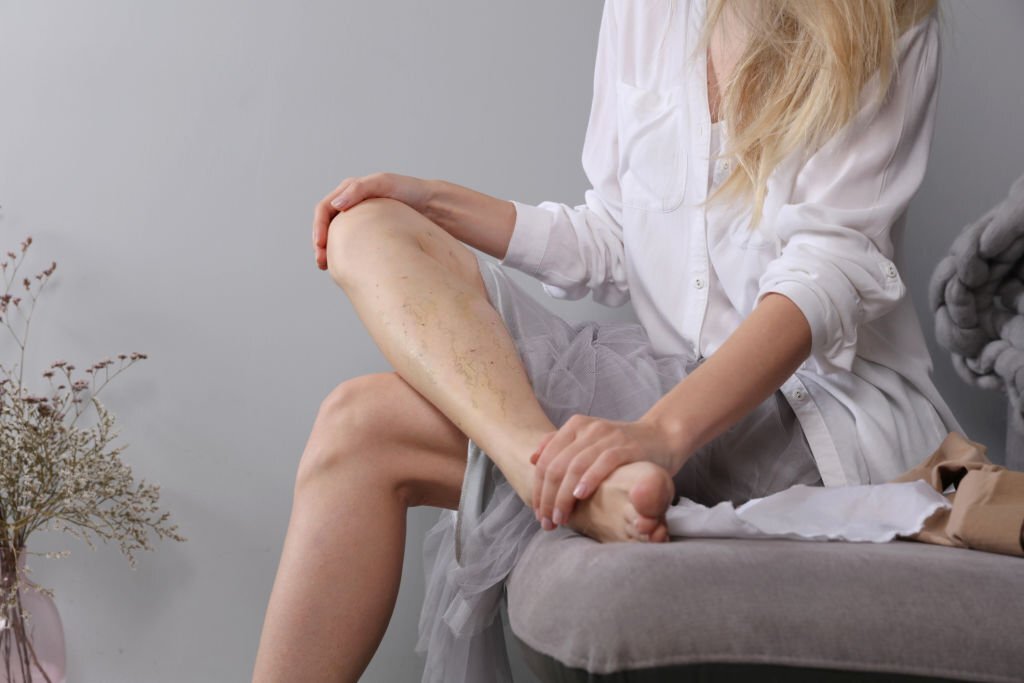

Udwarthanam massage techniques use pressure to help decongest blocked areas of the body. The practitioner exerts intense direct pressure on the muscles to restore blood flow. This results in increased oxygenation around the body, leading to healthier and stronger cells and muscles.
In Short
There you have it! I hope this article was able to teach you more about the Udwarthanam massage. This Ayurvedic deep tissue massage is unique because it uses dry herbal powder to promote overall good health. Whether you choose wet or dry Udwarthanam massage, you will not be disappointed with its holistic health benefits.
The Udwarthanam massage is a one-of-a-kind healing experience that you should not miss. So, the next time you have the opportunity, schedule an appointment for this Ayurvedic treatment.
If you’re interested in more Ayurvedic treatments, feel free to check our posts on the following:
References:
